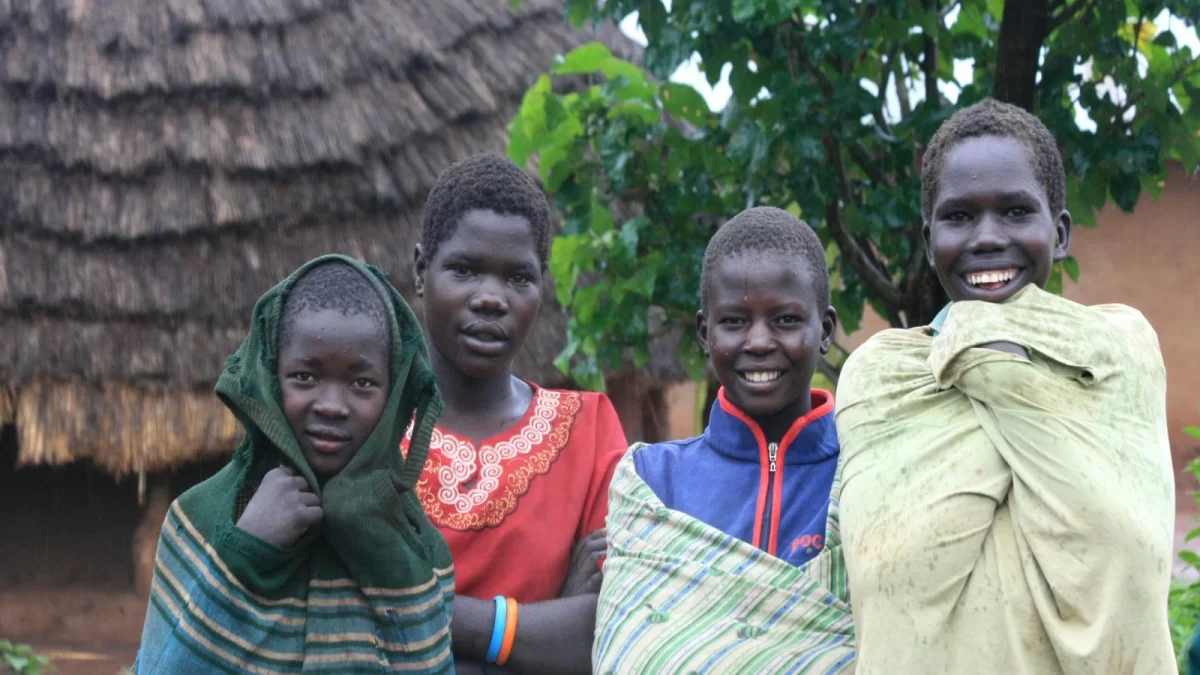Visit Moroto Cultural Museum

Nature Walks & Hiking in Pian Upe Game Reserve
September 11, 2023
Imbalu Circumcision Ceremony
September 11, 2023Exploring the Rich Cultural Heritage: A Journey to the Moroto Cultural Museum
Visit Moroto Cultural Museum: A Gateway to History and Culture
When we embark on travel and tours, our adventures often revolve around visiting landmarks that hold the keys to the past, the history of our homeland, and the vibrant cultural and artistic tapestry of our cities. The curiosity to explore the cultural and artistic monuments of our world is a universal sentiment. So, how can one make the most of their travels, seeing as many places as possible within a limited time? We’ve crafted a guide to museums, both within our country and abroad, just for you. This guide will assist you in planning an enriching, comprehensive, and informative journey to Moroto Town in Uganda.
Within our listings, you’ll discover destinations of diverse categories, ranging from renowned museum complexes to intimate house museums and private collections, all of which are open to the public. Navigating and selecting the perfect museum to match your interests is a breeze – simply use our filters to discover a specific type of museum or exhibition. If details like parking matter to you, our listings provide additional information to cater to your needs.
Karamoja Cultural Museum: Embracing the Heritage of Karamoja
Nestled at the base of Mount Moroto in Moroto town, the Karamoja Cultural Museum stands as a testament to cultural richness and heritage. Supported by the gracious funding of the French government and officially commissioned by Janet Museveni, this modest yet significant museum houses invaluable collections that vividly depict the cultural tapestry of the entire Karamoja region. It also celebrates the fruitful scientific collaboration between Ugandan and French researchers, particularly in the field of paleontology.
The Karamoja Museum’s core mission revolves around collecting, conserving, and promoting the abundant cultural heritage of the entire Karamoja region. To fulfill this mission, the museum offers a range of scholarly and public programs that serve as gateways to interpreting this rich heritage. As a visitor, you will have the privilege of beholding numerous artifacts that serve as the harmonious blend of nature’s handiwork and human craftsmanship.
Delving into the Chronicles of Karamoja’s History
Step back in time and explore the rich tapestry of colonial and pre-colonial history that defines Karamoja. The museum meticulously showcases aspects of Karamoja’s history, including the migrations of its people, the trials of famine, the warrior way of life, and the intriguing tales of cattle smuggling and gun warfare. The narrative weaves seamlessly into the present-day reality, highlighting the evolution of education in the region.
Unlocking the Mysteries of Prehistory
For those with a passion for unraveling the mysteries of the past, the museum offers a glimpse into prehistory. Here, an array of fossil materials from Karamoja is on display, illuminating the Earth’s history within the context of Karamoja. The exhibits encompass prehistoric animals, plants, and their environment, providing insights into the climatic conditions that prevailed in the region. Fossils, as the evidence of bygone life, are nature’s time capsules, preserving remnants of the Earth’s history. They can be remnants of plant materials like roots, stems, and leaves, or they can be animal relics such as teeth, skulls, and even fossilized feces known as coprolites.
Intriguing Glimpses into the Lives of the Karamojong People
As you wander through the museum’s exhibits, you’ll come face to face with the implements of everyday life and artifacts that offer poignant glimpses into the traditional life of the Karamojong communities. These tangible relics embody the rich heritage and enduring practices of these resilient communities.
Unveiling the World of Fossils
Fossils, fascinating remnants of ancient life, often find their home in volcanic regions. Karamoja, including areas like Eastern Uganda, Napak, Moroto, Mt. Elgon, and Bukwo, serves as a cradle for these prehistoric treasures. The eruption of volcanic lava in these regions enveloped entire areas, trapping within them animals, plants, mollusks, amphibians, and more. Over time, the minerals in the lava replaced calcium in bones and permeated the porous structures of wood, bones, and other organic materials, birthing the fossils we behold today. These fossils lay hidden, preserved beneath the Earth’s surface until soil erosion gradually unveiled their secrets to the world.
As you embark on a journey to the Moroto Cultural Museum, prepare to be transported through time and culture, where history, heritage, and the natural world converge to offer an immersive experience that is both enlightening and awe-inspiring.

